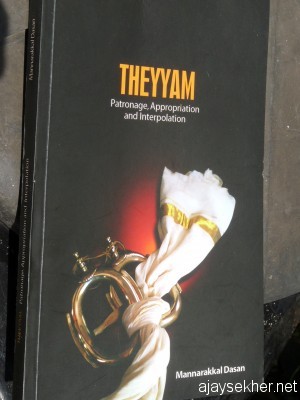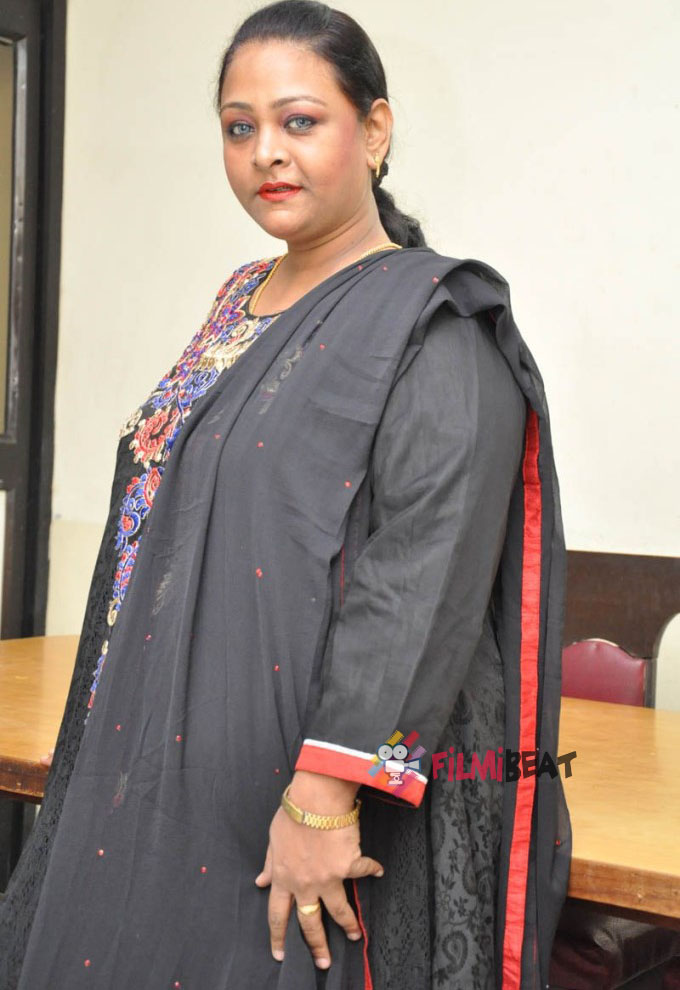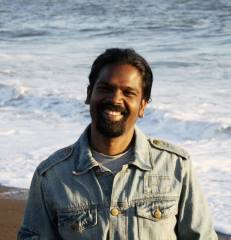Dr Ajay Sekher

Theyyam, the ancient ritual and popular art form of Malabar, is a cultural expression of the dalits and other contested sections of the stratified society. The subaltern classes used it as a strategic aesthetic and spiritual act and articulation against caste oppression and barbaric violence unleashed by the caste lords and feudal patriarchy.
But over the ages, feudalism, Brahmanical values and Savarna patriarchy had appropriated it and Hinduized it through its elitist patronage. It is now being used as a site of interpolation and cultural subordination, says Prof M Dasan in his latest critical study Theyyam: Patronage, Apropriation, Interpolation.

The dynamic performance of Theyyam and its spectacle have always fascinated me as I spent my whole childhood from infancy to standard six in Kannur the heartland of Theyyam and Thira. My parents who taught in Government Schools in Malabar were no longer at ease with my Theyyam-craze. As a young lad I used to scoot to Kaliyattams in the evening from my home defying the parents. I spent a lot of sleepless nights by the Kolams and Kavus. So this work by Prof Dasan is personally special to me as an ardent and committed Theyyam goer and a fan of its visual culture and music.
The Theyyam now called Vishnu Moorti was originally called Palantayi Kannan. Kannan was a Tiya boy brutally killed by a feudal lord Kurup and he was hailed as a local hero and martyr through the ritual. But now the very subaltern or Avarna hero has been described and declared as an incarnation of Vishnu the central God of Hindu Brahmanism.

Likewise Pottan Theyyam an expression of the caste critique by a Chandala/Avarna is categorized as an incarnation of Siva himself. The caste critique and the blunder of Sankara all vanish into thin air, argues Prof Dasan. This is the power of overnight appropriation by the Hindu hegemonic discourse, something Sahodaran Ayyappan in early 20th century described as the equivocal power of Brahmanism to demonize god and render the demon god instead. The tyranny and fascism of the narrative power and the omnipotent textuality of internal imperialism are exposed in these brilliant and historically informed critical elaborations.

The book is published by Kannur University (Kannur: 2012). It is prized Rs 300 and available with the Kannur University. It includes theoretical and empirical analyses of the subject in a multi-disciplinary accent. The book is a joy to read and to admire the well printed images, the hybrid cultural contexts of the ritual and its appropriation by hegemonic discourses. It includes numerous color photos and illustrations that captivate the common reader and even children. The book is well conceived and designed to suit global reading public and researchers in the field of culture, society and politics. It is also a critique of ritual performance in Kerala and a theoretical work on ritual and hegemony in Malabar in particular.

Prof Dasan traces the history of the proto types of the Theyyam from the Sangam age onwards. He connects it with the engravings and rock art in Edakal caves in Wayanad. His critique and cultural historiography are deeply engaging and insightful. The cover that illuminatingly suggests the elitist patronage and bondage using the paraphernalia of Theyyam done by Dr Sreejith Krishnan is powerful and suggestive. The book includes a detailed bibliography, index and glossary of Malayalam key words and pronunciation.

The first chapter traces the origin and transformation of Theyyam in south India during the pre-Sangham age. The socio cultural contexts of the ritual art are discussed in the second chapter. The third one explores the Savarna feudal patronage extended to the cultural expression. The fourth chapter analyzes the appropriation of Theyyam and its legends by the dominant elite culture through gradual coercion and epistemic violence. The fifth one discusses the mis-interpretation of Theyyam and its myths by the elitist forces and upper strata of the caste society.

The book is a valuable contribution to the field of Theyyam studies, folklore, popular culture studies and dalit studies in the context of Malabar. It is both an extension and critique of the early works by Dilip Menon and T V Chandran regarding the Sanskritization, Brahmanization and Hinduization of local shrines called Kavu, that is intensifying in Kerala, especially in Malabar. In this sense it is a counter hegemonic and much needed work of resistance and a significant subversive act in the politics of culture.

~~~
Dr Ajay S Sekher is a writer, translator and artist and blogs here. He is an Assistant Professor of English, S S University of Sanskrit – Tirur Centre, Tirunavaya P O, Malapuram dist, Kerala.
[Images courtesy of ajaysehkar.net]










